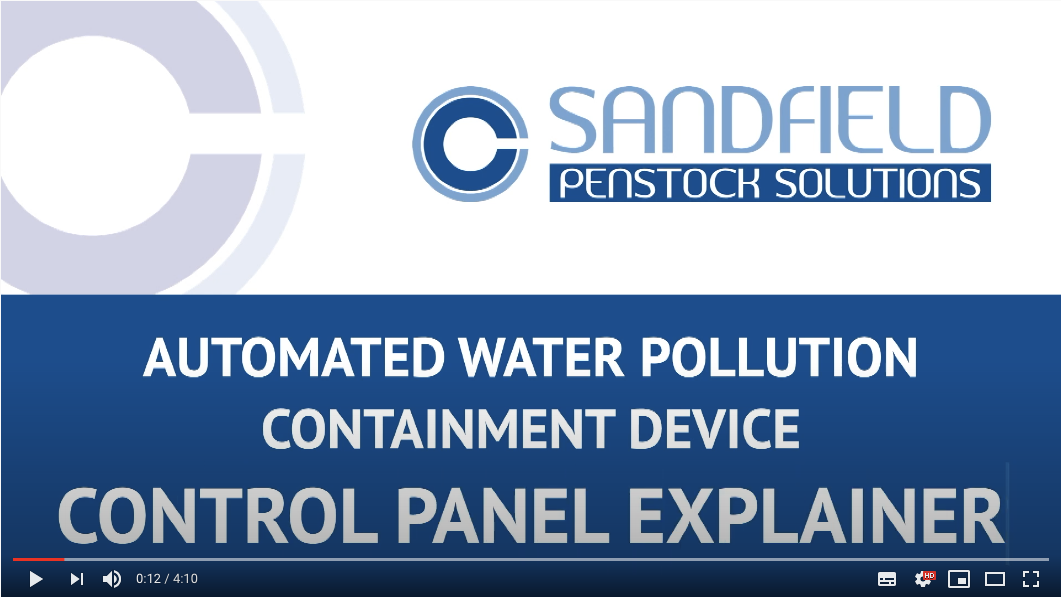Pollution Containment Device – Control Panel Explainer
Hello welcome to another one our toggle block pollution containment device explainer videos, this time I am providing a little bit of an oversight into how the control panel for our valves work.
This control panel operates all of our pollution containment valves from the 150mm valve right up to the 675mm valve, the control panel design is a standard across the entire range.
So let’s run through some of the operations. What we have here is a red button which closes the pollution containment valve and we have a green button for opening the valve. We’ll just do a cycle through opening and closing the valve. This valve is now in the closed position you see by the red LED, that’s telling us now that it has now reached the closed position, you heard the sounder, the sounder runs through until it’s processed that the signal is correct. So even though we got the red LED first the sounder runs whilst the device is checking that that signal is correct. Once that is established the device will then transmit an SMS message to the operators to advise them that the valve has closed, at what time, and potentially who operated it as well because it identifies the mobile phone that may have been used, it can also identify if it was activated locally at the panel or whether it was activated automatically by another device, like one of our remote activated core points which could have activated the valve.
Now we want to open the valve, we simply go in reverse and we press the green button green, the LED is indicating that the valve is now in the open position.
Now let’s have a look at the inside to go through some of the questions that we sometimes get asked by customers about how the system works so they can understand a little bit more about it. Inside it’s very, very simple. It’s an ip67 box what we have got here is a compressor, as you can see we have a battery, we have our controller which is the brain of the system that works everything and we have our inputs which are what most of our customers are really interested in.
You see here the white wire is the common wire, the green is indicating the open function and the red is the closed function. What most sites do is attach these, the white and the red which, the open and lose function to is an Oil Interceptor Output, a pH Output, or a Fire Alarm output to allowed the valve to close automatically from a remote alarm rather than somebody having to come to the unit or use a mobile device to activate the system.
That is basically how it works. Whenever we’re working inside the control panel we always remove the power, just disconnect the power what you’ll notice when I’ve disconnected the power is that the valve now has no LEDs. This is what we call the setup or it’s standby mode, in this state the processor doesn’t know where it is or where the valve is. Once we’ve completed the maintenance, changing the battery for instance we just have to plug the power back in so we have powered the system up and what you’ll notice is that there are no LED lights on. All we need to do is get this valve back in an active position, we run through a close cycle, we’ve got now a red LED so that we know that the valve is in the closed position and now we reset it by putting it into the open position, this valve is now set and ready to run.


